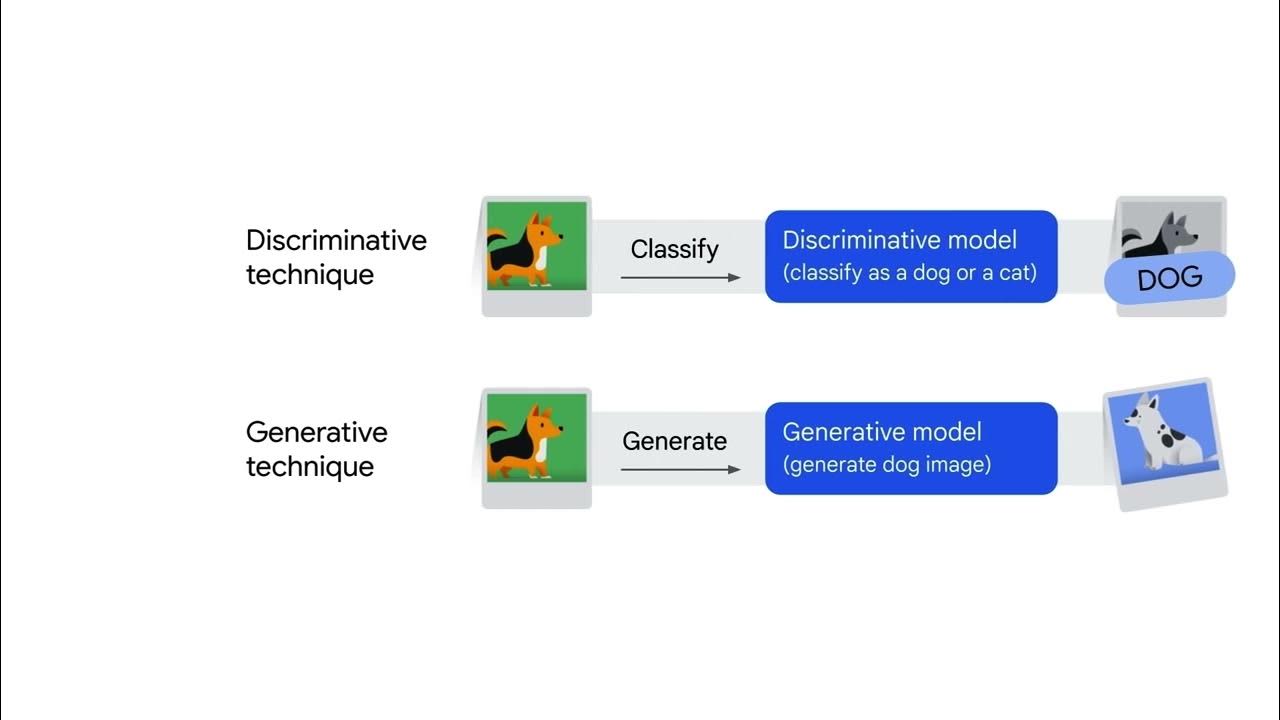o1 - What is Going On? Why o1 is a 3rd Paradigm of Model + 10 Things You Might Not Know
Summary
TLDRThe video delves into advanced AI concepts, focusing on reinforcement learning (RL) and its impact on generative models. It highlights the challenges of applying RL creatively in complex real-world scenarios, stressing the importance of accurate reasoning processes. Innovations like 'let’s verify step by step' improve model accuracy by evaluating reasoning rather than just final outputs. The discussion also touches on the growing interest from the government in AI developments, underlining their potential national security and economic implications. Overall, it offers insights into the current state and future possibilities of AI research.
Takeaways
- 😀 Reinforcement learning (RL) has shown significant potential for fostering creativity in AI, demonstrated through systems like AlphaZero.
- 🤖 The focus of the discussed research is not on improving the generator directly but rather on fine-tuning models with reinforcement learning as a next step.
- 🔍 The 'Let's Verify' methodology enhances AI performance by emphasizing the evaluation of individual reasoning steps rather than just the final answers.
- 📈 Significant improvements in AI performance metrics have been observed, particularly in narrow domains such as mathematics and chemistry.
- ⚠️ Caution is advised with reinforcement learning due to its ability to generate unexpected creative solutions that may complicate problem-solving.
- 🔄 The process of verifying reasoning steps can lead to improved model reliability and accuracy, addressing issues like false positives in previous models.
- 💡 Future advancements may hinge on the ability of AI to sample a vast number of solutions, potentially pushing performance closer to 100%.
- 🏢 The involvement of the U.S. government in AI development reflects its importance to national security and economic strategy.
- 🔑 Collaboration among leading AI labs like OpenAI, Google, and Anthropic is crucial for advancing verification techniques and AI capabilities.
- 🌟 The need for sophisticated reasoning and spatial intelligence in AI remains a challenge, but startups focusing on these areas are gaining significant investment.
Q & A
What is the primary focus of the video discussed in the transcript?
-The video primarily focuses on advancements in reinforcement learning and its implications for AI models, particularly in improving reasoning and creativity.
How does the author describe the relationship between reinforcement learning and creativity?
-The author notes that reinforcement learning is inherently creative, capable of producing innovative solutions to problems, exemplified by systems like AlphaZero.
What did the 2022 paper mentioned in the transcript achieve?
-The 2022 paper demonstrated that fine-tuning a model based on its own outputs can significantly enhance its performance across various datasets.
What challenge does the author identify regarding achieving artificial general intelligence (AGI)?
-The author identifies the complexity of the real world as a significant barrier to achieving AGI, indicating that current models still struggle with spatial intelligence and complex reasoning.
What is the 'Let's Verify' method mentioned in the transcript?
-'Let's Verify' is a method introduced in 2021 that focuses on assessing the individual reasoning steps in AI outputs, rather than only the final answers, to improve accuracy and reliability.
How does the author speculate about the future capabilities of models like GPT-4 and GPT-5?
-The author speculates that as computational resources increase, models like GPT-4 and GPT-5 could achieve even higher performance levels, particularly in generating accurate reasoning outputs.
What role does the reward model play in the training of AI systems, according to the transcript?
-The reward model evaluates the correctness of individual reasoning steps, which helps improve the overall performance of the AI by ensuring that only correct reasoning is used to train future outputs.
What is the significance of the performance improvements noted in the graphs discussed in the video?
-The graphs illustrate that the 'Let's Verify' approach leads to substantial performance improvements, indicating that enhancing the verification process can result in higher accuracy in AI outputs.
How does the transcript suggest that verification processes can influence AI training?
-The transcript suggests that integrating verification processes that focus on the accuracy of reasoning steps during training can significantly boost the performance of AI models.
What is the government's stance on AI advancements as mentioned in the transcript?
-The government is portrayed as taking AI advancements seriously, recognizing their implications for national security and economic interests, which reflects a belief in the significance of ongoing AI projects.
Outlines

This section is available to paid users only. Please upgrade to access this part.
Upgrade NowMindmap

This section is available to paid users only. Please upgrade to access this part.
Upgrade NowKeywords

This section is available to paid users only. Please upgrade to access this part.
Upgrade NowHighlights

This section is available to paid users only. Please upgrade to access this part.
Upgrade NowTranscripts

This section is available to paid users only. Please upgrade to access this part.
Upgrade NowBrowse More Related Video

New "Absolute Zero" AI SHOCKED Researchers "uh-oh moment"

The LLM's RL Revelation We Didn't See Coming

Game OVER? New AI Research Stuns AI Community.

CS 285: Lecture 18, Variational Inference, Part 1

Generative AI Explained In 5 Minutes | What Is GenAI? | Introduction To Generative AI | Simplilearn

Introduction to Generative AI
5.0 / 5 (0 votes)